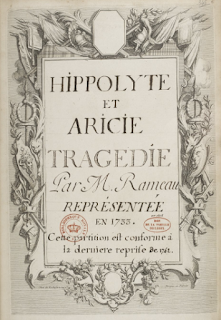Stravinsky – The Rake’s Progress
 La Monnaie, Brussels, Sunday May 6 2007
La Monnaie, Brussels, Sunday May 6 2007Conductor: Kazushi Ono. Production: Robert Lepage, with Ex Machina,
In the end I decided that they had probably never quite made their minds up, and that what we were seeing was still more work-in-progress than a finished piece. Despite this being the end of the run, and though quite visibly they had been directed throughout (nothing left to chance), soloists and chorus still seemed to lack real conviction in their gestures and movements. Yet the last 40 minutes, with a highly effective graveyard scene set among abandoned
(1) The programme includes a list of the main film references:
- Giant for James Dean covered in oil and the manor house in the desert
- Destry Rides Again and Red Garters for the saloon scene
- The Stunt Man for the director shooting from a crane
- Sunset Boulevard for the swimming pool with a dead body floating in it
- Mars Attacks! for the Las Vegas neon-sign graveyard
- Snake Pit and One Flew Over The Cuckoo's Nest for the asylum scene.



Comments
Post a Comment